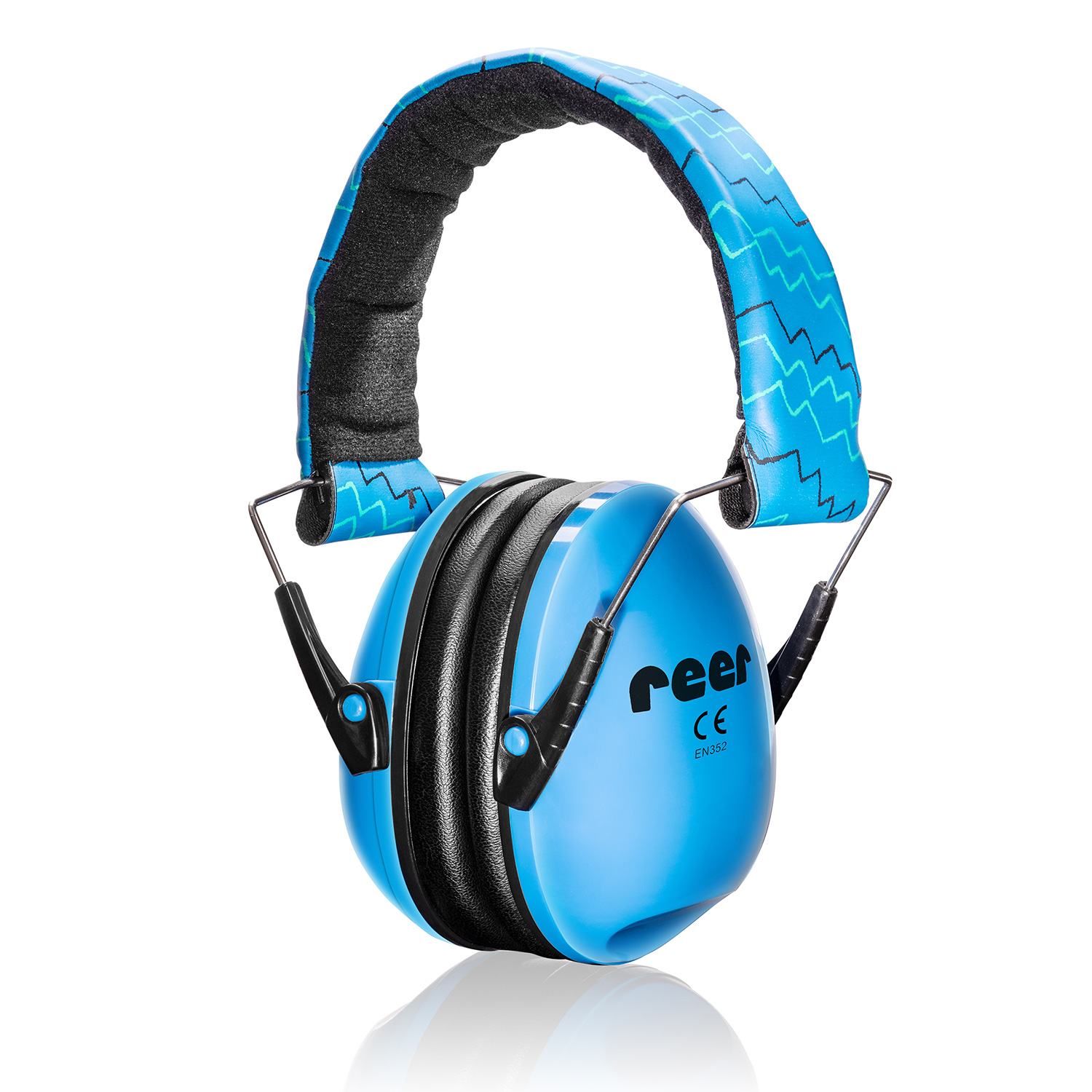Ear Protection

Protect your child's ears!
WHAT DAMAGE DOES NOISE DO TO EARS?
Children who are constantly exposed to noise frequently develop physical and psychological problems. The spectrum ranges from delays in learning to speak and read, to reduced motivation to learn, to increased blood pressure and sleep disorders.
Another typical cause of hearing damage in young children is blast trauma, caused by single instances of loud noise exposure such as firing toy guns near the baby's head or fireworks. Continuous exposure to music can also lead to irreversible hearing damage in children.
This is a widespread problem: a study by the Federal Environment Agency in Germany found that 12.8% of children aged 8 to 14 have a hearing loss of more than 20 decibels (dB) in at least one ear and for at least one sound. This applies to medium and high tones, the frequency range in which noise-induced hearing damage is most prevalent. (Federal Environment Agency (Umweltbundesamt): KUS 2003/06)








